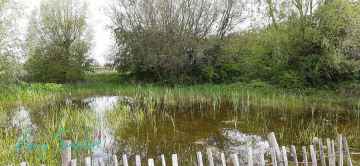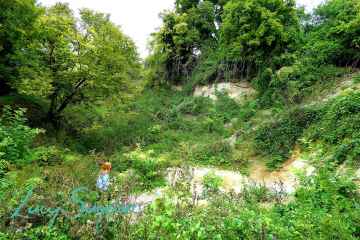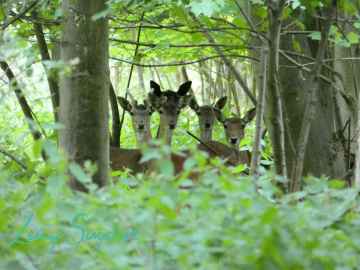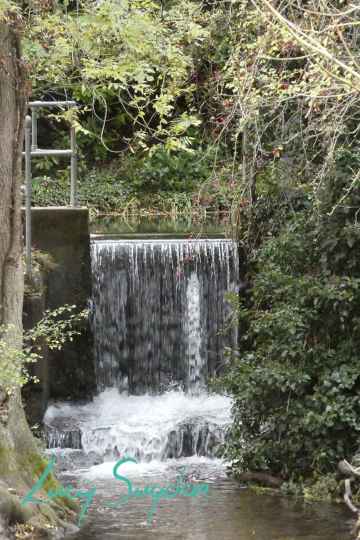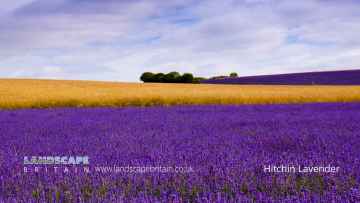Cromer
Cromer is a Village in the county of Hertfordshire.
Cromer postcode: SG2 7PZ
There are great places to visit near Cromer including some great cities, villages, lakes, parks, hiking areas, towns, geological features, woodlands, nature reserves, waterfalls, historic buildings, gardens, country parks, ruins, shopping centres, attractions, castles and bluebell woods.
There are a several good cities in the Cromer area like Letchworth, and St Albans.
Cromer's best nearby villages can be found at Norton, Redbourn, Anstey, Therfield, Chorleywood, Essendon, and Great Amwell.
Cromer's best nearby lakes can be found at Norton Pond, Radwell Mill Lake, and Hatfield Forest Lake.
There are a number of parks near Cromer including Broadway Gardens, and Chorleywood Common.
Letchworth’s Greenway, and Oughtonhead Common Nature Reserve are great places to visit near Cromer if you like hiking areas.
The area around Cromer boasts some of the best towns including Hitchin, Bishop's Stortford, Royston, Welwyn Garden City, Baldock, Sawbridgeworth, and Hatfield.
Geological Features to visit near Cromer include Hill End Chalk Pit.
Hitchwood, Hatfield Forest, and Ashridge Estate are great places to visit near Cromer if you like woodlands.
There are a several good nature reserves in the Cromer area like Oughtonhead Common Nature Reserve, Stotfold Watermill and Nature Reserve, and Chorleywood Common.
Don't miss Oughtonhead Waterfall's waterfalls if visiting the area around Cromer.
Cromer's best nearby historic buildings can be found at Stotfold Watermill and Nature Reserve, Church of Saint Mary at Hitchin, Wimpole Hall, Wimpole Ruins, Hatfield House, and Rye House Gatehouse.
Hitchin Lavender is one of Cromer's best, nearby gardens to visit in Cromer.
Don't miss Hatfield Forest, Wimpole Estate, Stanborough Park, Pishiobury Park, and Ashridge Estate's country parks if visiting the area around Cromer.
Don't miss Wimpole Ruins, and Berkhamsted Castle's ruins if visiting the area around Cromer.
Places near Cromer feature a number of interesting shopping centres including atria Watford.
Planet Ice Hemel Hempstead, and East Herts Miniature Railway are some of Cromer best attractions to visit near Cromer.
Places near Cromer feature a number of interesting castles including Berkhamsted Castle.
Don't miss Ashridge Estate's bluebell woods if visiting the area around Cromer.
Cromer History
There are some historic monuments around Cromer:
Places to see near Cromer
History of Cromer
Cromer became a resort in the early 19th century, with some of the rich Norwich banking families making it their summer home. Visitors included the future King Edward VII, who played golf here. The resort’s facilities included the late-Victorian Cromer Pier, which is home to the Pavilion Theatre. In 1883 the London journalist Clement Scott went to Cromer and began to write about the area. He named the stretch of coastline, particularly the Overstrand and Sidestrand area, “Poppyland”, and the combination of the railway and his writing in the national press brought many visitors. The name “Poppyland” referred to the numerous poppies which grew (and still grow) at the roadside and in meadows.


















